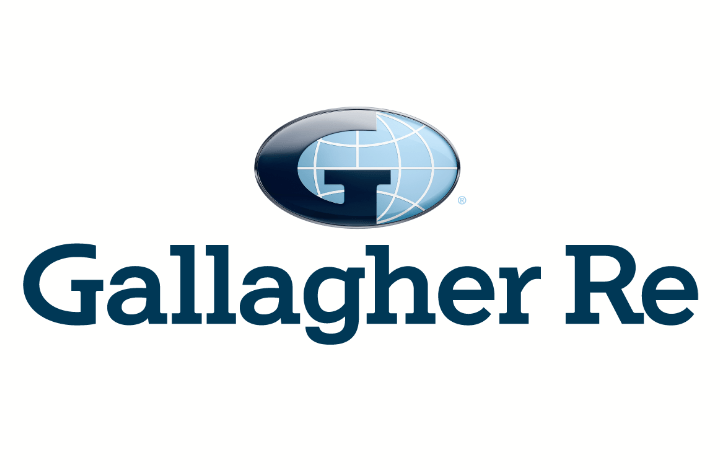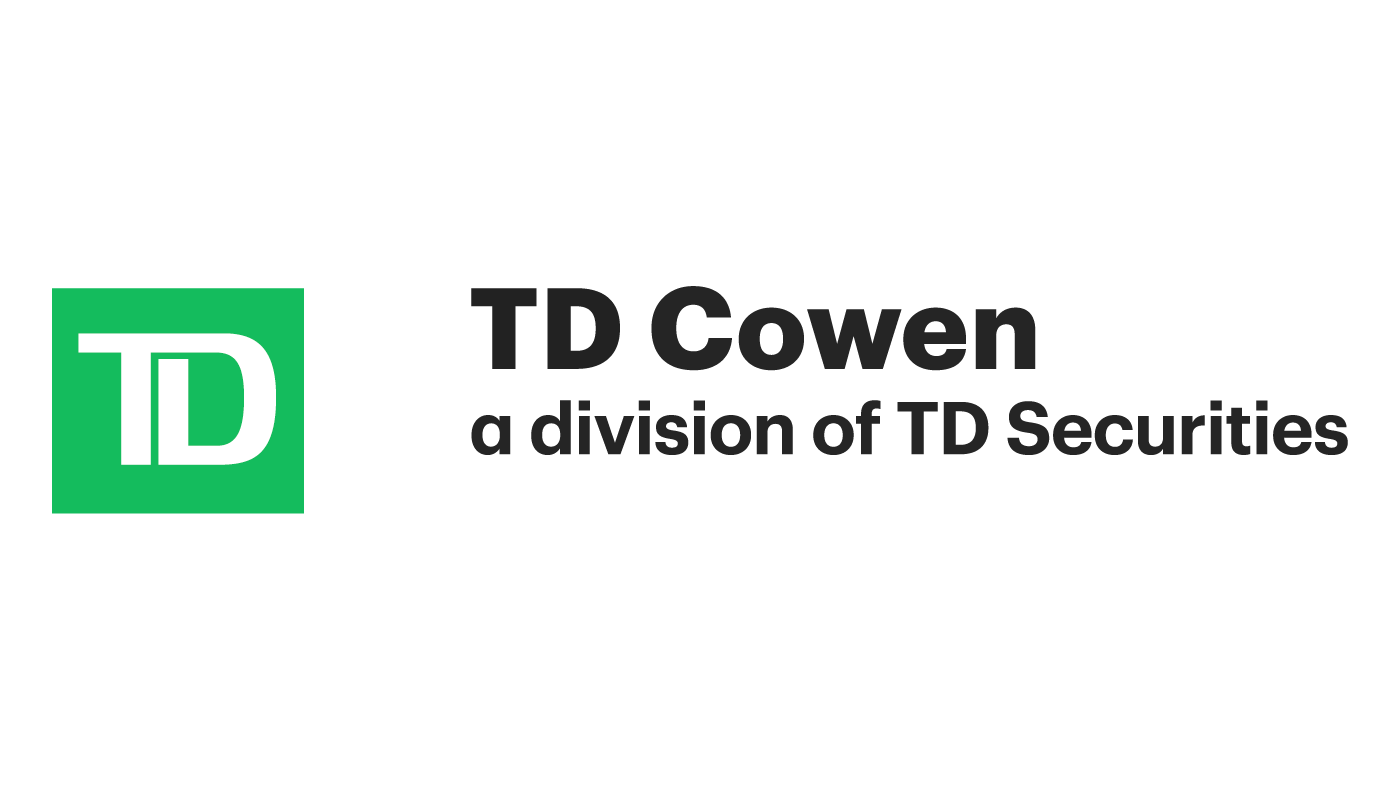
Insured losses from natural catastrophe events around the globe in the first half of 2025 are estimated to have reached $84 billion, 55% higher than the decadal average, and marks the highest H1 total since 2011’s $136 billion, according to a recent report by reinsurance broker Gallagher Re.The report found that of the $84 billion in global insured catastrophe losses seen in the period, 92% are linked to weather and climate-related perils that originated from the US, specifically due to the January California wildfires and severe convective storm (SCS) activity that’s been seen throughout the country so far this year.The broker noted that there were 14 separate billion-dollar insured loss events in H1 2025, with 13 in the US and one in APAC, marking the lowest global H1 event count since 2019.Gallagher Re’s estimate compares to broker Aon, However, while the US experienced a very active start to the year in terms of nat cat activity, Gallagher Re noted that relatively benign conditions elsewhere meant the first half of the year remained “highly manageable” for the global re/insurance sector.
“While catastrophe losses in H1 2025 were elevated, there remains little indication that this is having an impact on the (re)insurance market,” the broker explained.As the broker reported in its mid-year renewals report, property risk-adjusted rate reductions averaged 10% – 15%, amid some granular pockets of pricing diversity.As well as this, Gallagher Re also highlighted how a helped reinsurers meet growing demand without pushing prices higher at the July 1 renewals, as cedants managed to secure improved terms in property and specialty lines.
The industry began the year with $769 billion in capital, leading Gallagher Re to estimate that a single event of at least $75–$100 billion would be needed to alter market perception and property coverage purchasing behaviour at the next reinsurance renewal.Of course, the historical peak loss months usually see in Q3 are yet to come, as attention now turns towards the 2025 Atlantic hurricane season.Hurricane researchers at Colorado State University expect a “slightly” above-normal season, As a reminder, you can track the on our dedicated page and we’ll continue to update you as new information emerges.
Steve Bowen, Chief Science Officer at Gallagher Re, commented: “We’ve seen a series of high-cost weather events to start 2025, though not as many as we’ve seen in recent years, but it has still put us on a clear path to surpassing USD100 billion in insurance losses for the calendar year.It is clear that this is a new market reality.The ‘psychological threshold’ question has now become: when will the insurance industry face its first USD200 billion nominal annual loss year?” Bowen continued: “Given the current reinsurance market capacity available, the industry remains healthy and in excellent position to handle more than USD100 billion of annual losses — but we should remain mindful that, to-date, US insured losses have eroded a notable portion of reinsurers’ 2025 natural catastrophe budgets.
With the historical peak loss months in Q3 yet to come, all eyes are on the Atlantic hurricane season and otherwise staying prepared for an unexpected catastrophe event.”.All of our Artemis Live insurance-linked securities (ILS), catastrophe bonds and reinsurance can be accessed online.Our can be subscribed to using the typical podcast services providers, including Apple, Google, Spotify and more.
Publisher: Artemis








